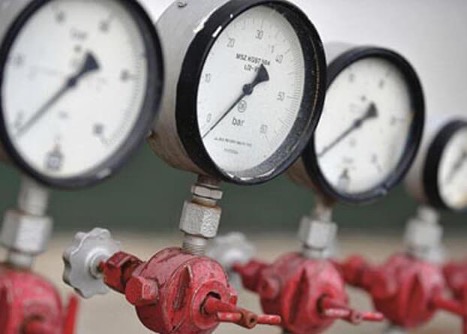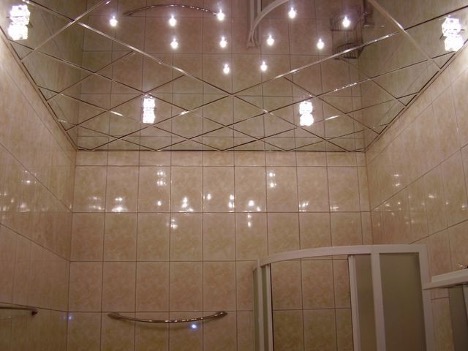Installing a thermometer on a pipeline in a boiler room: how to connect
Installing a thermometer on the pipeline is an important step in ensuring reliable and efficient operation of the heating system. Thermometers and other instruments for measuring temperature in a boiler room allow you to control and regulate the temperature. To install the thermometer, you must carefully select the installation location. You should also take into account the type of thermometer and the features of the heating system.
The content of the article
Choosing a location and type of thermometer for the boiler room
Before installing a temperature sensor on a pipeline, it is important to determine its installation location. The ideal place is the section of the pipe that is most indicative of measuring the temperature of the coolant. The type of pipeline must also be taken into account. You should also check the accessibility of the installation site for future maintenance. Depending on the needs of the system and the characteristics of the equipment, they choose to install thermometers in the frame of straight and angular models.

The process of installing a thermometer in a heating system
The procedure for installing a thermometer on a pipeline includes several key steps:
- Make sure you have all the necessary tools.
- Check the fasteners for installing the thermometer.
- Before starting work, you must completely turn off the system.
- Wait for it to cool down.
- Select the section of the pipeline where the thermometer will be installed. Check its type and temperature measurement requirements.
- Depending on the thermometer model, install it using the fasteners provided by the manufacturer.
- After installation, connect the thermometer according to the instructions and check its functionality.
Types of thermometers and features of their installation
Modern boiler heating systems use a variety of temperature measuring devices, each of which has its own characteristics and purpose. The choice of thermometer type depends on many factors, including measurement accuracy, temperature range, operating conditions, and affordability. Let's take a closer look at the most common types of thermometers and the features of their installation.
Mechanical thermometers
Mechanical thermometers are one of the most reliable and affordable instruments for measuring temperature. They do not require power and are able to operate in a wide temperature range. Mechanical thermometers can be installed directly on the pipeline or in a special frame. They come in both straight and angular types, which allows you to choose the optimal model for a specific installation location.
Installation of a mechanical thermometer usually involves the use of a special thermowell - a metal tube into which the sensitive element of the thermometer is inserted. This makes it easy to replace the thermometer without having to stop the system and drain the coolant.

Electronic thermometers and resistance temperature converters
These devices offer high measurement accuracy and easy integration with automatic control and monitoring systems. They convert temperature into an electrical signal that can be easily read and processed by controllers.
Installation of resistance thermal converters on a pipeline requires preliminary preparation and configuration. It is necessary to install the sensor at a point with the most representative temperature, ensure that it is securely mounted and protected from external influences. It is also important to ensure that the sensor can be easily replaced without having to shut down the system.
Important aspects of installing thermometers
When installing a thermometer in a heating system, you should take into account not only the type of thermometer, but also the features of its installation:
- the location must be accessible for maintenance and control, as well as as representative as possible for measuring the coolant temperature;
- it is necessary to protect the thermometer from mechanical damage, moisture and direct sunlight;
- After installation, it is important to calibrate the thermometer and check its accuracy according to specifications.
Final Steps and Recommendations
After installing temperature sensors, it is important to test the system to ensure the accuracy of the measurements and the correct functioning of the equipment. How to install a thermometer in a heating system and how to connect a thermometer to a heating system require attention to detail and adherence to the equipment manufacturer's technical recommendations.
In conclusion, the correct installation of a thermometer in the heating system plays a key role in ensuring the efficiency and reliability of the boiler room.By following these recommendations and taking into account the characteristics of your heating system, you will be able to provide precise temperature control, optimize equipment operation and begin to save resources.




